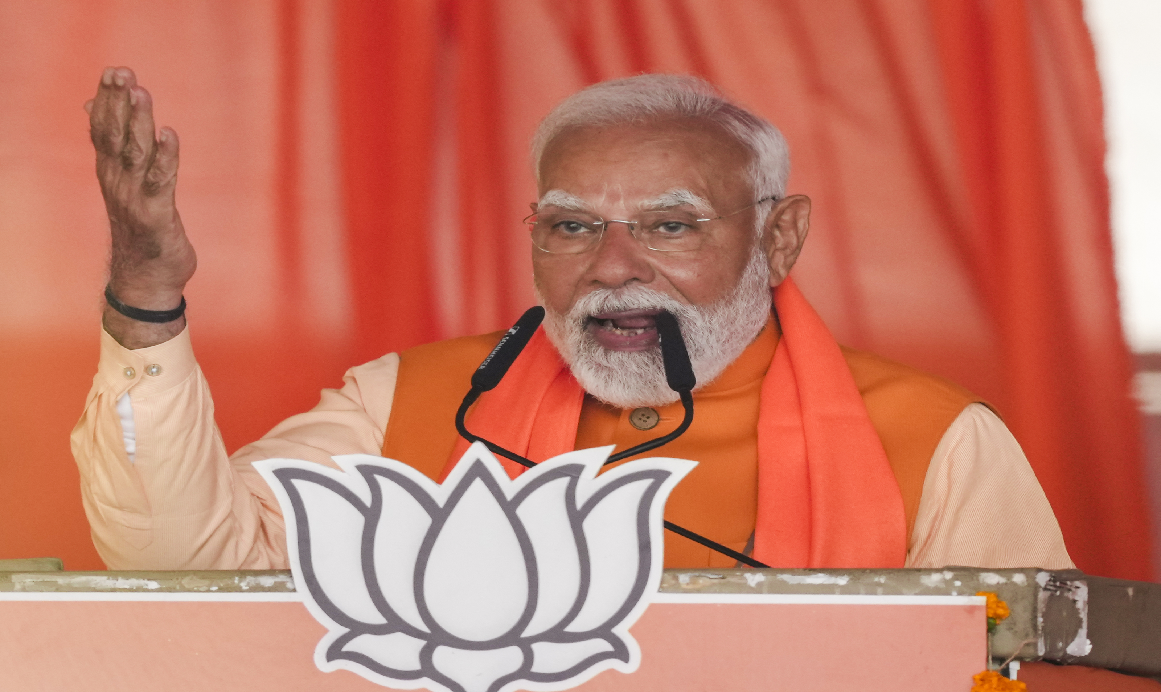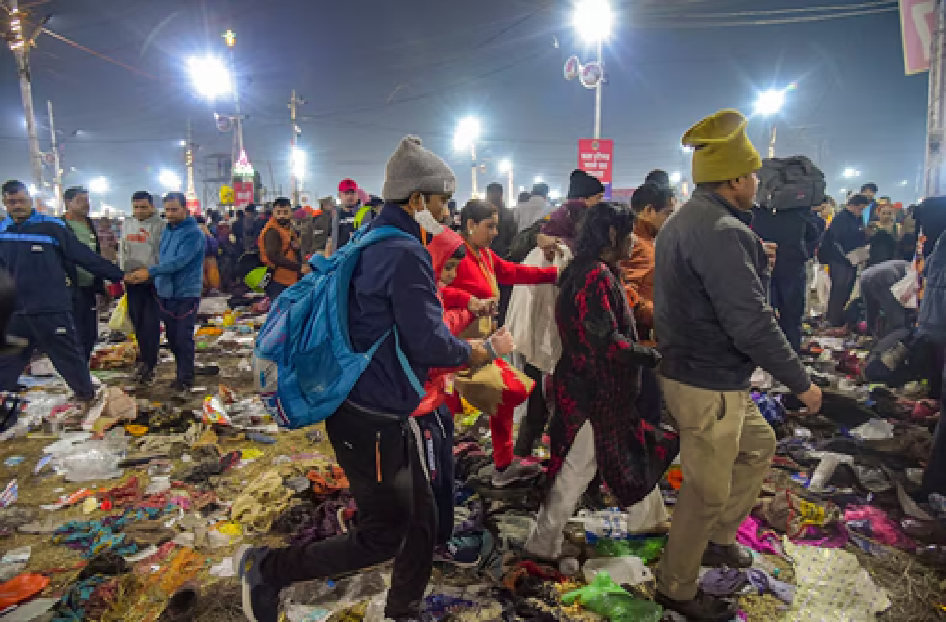
'Indians 8 times more likely to be jobless as graduates than illiterates'
NT Correspondent
Bengaluru/New Delhi: Indians are more likely to be unemployed if they have obtained higher education, as revealed by a report from the International Labour Organization (ILO).
In fact, Indians are eight times more likely to be without a job if they are graduates compared to those who can’t read or write.
In other words, the rate of joblessness is 29.1 percent for graduates, contrasting with 3.4 percent for illiterate persons in the country.
Similarly, the rate of unemployment for persons with secondary and higher education is 18.4 percent, about six times higher than that of people who can’t read or write, at 3.4 percent.
“Unemployment in India is predominantly a problem among youths, especially those with a secondary level of education or higher, and it has intensified over time,” the ILO report reads.
The data strongly suggests a massive gap between the skills of the workforce and the kinds of jobs being generated.
Indeed, the findings vindicate former Reserve Bank of India (RBI) Governor Raghuram Rajan, who has warned of this phenomenon in the past. “Youth unemployment rates in India are now higher than the global levels,” the ILO report says. “
The Indian economy has not been able to create enough remunerative jobs in the non-farm sectors for new educated youth labor force entrants, which is reflected in the high and increasing unemployment rate,” it adds.
Educated women left in lurch
Women bear the brunt of the unemployment crisis, accounting for 76.7 percent of the educated jobless persons.
The figure for educated men is 62.2 percent. Unemployment is also higher in urban regions compared to rural areas, suggesting that the farm sector is performing better than others.
The ILO states that India’s female labor force participation has dipped to 25 percent, one of the lowest in the world.
The report adds that there has been a “significant increase” in subsistence employment after the pandemic.
Meanwhile, unemployment among Indians in the 15 to 29 age group has decreased from 88.6 percent in 2000 to 82.9 percent in 2022. The ILO adds that the share of educated youths has increased from 54.2 percent to 65.7 percent in the same period.
This can be contrasted with ILO figures from China, where the unemployment rate in the 16 to 24 age group has improved to 15.3 percent, three times higher compared to 5.3 percent for the urban population.
The ILO also warns about the rise in “gig” jobs such as those of food delivery drivers.
The organization warns that the platform economy has blurred the distinction between employees and self-employed persons, posing a problem for the well-being of workers.
These jobs often refuse to define employees as workers but instead label them as “delivery partners” and the like, depriving them of workers’ rights under the constitution.
 English daily published in Bengaluru & Doha
English daily published in Bengaluru & Doha






